For many gardeners—particularly those in humid climates—slugs are common pests that cause harm to their gardens. Slugs can work quickly, especially when you have an infestation, so getting rid of them quickly may become a top priority. Keeping these pests out of your garden all together is ideal. Thankfully, there are many preventative measures to try.
Some gardeners who are not used to seeing slugs in their gardens may encounter a slug problem if their region gets more rain than usual. These gardeners are usually blindsided by the infestation. This is where identification and elimination tactics become most important.
What are Slugs?
Slugs are a type of mollusk, and they look very similar to snails without a shell. In fact, slugs are closely related to snails and have very few differences—the primary one being no shell. The body of a slug is long and thin, generally ranging from a fourth of an inch to two inches in length. Their bodies are soft—if you want to get close enough to pet them—and they’re slimy with no legs.
The only real distinguishable parts of a slug’s simple anatomy are the four feelers on the front of its body. There are two feelers on top which hold each eye, and two feelers on the bottom which they use for smelling, although these aren’t considered noses like you and I have.
The slime that coats the slug’s body is a vital part of its life and survival. The primary purpose of this slime is as a mode of transportation. The slime allows these creatures to slide along their paths which is necessary when you don’t have legs to propel yourself forward. The slime is also an important factor in retaining the moisture that they need to survive. The slime is also said to have a bad taste—I would take the professionals’ word on this one—and is used as a deterrent from predators.
Why Slugs are Harmful to Your Garden
Being such simple creatures, you may think that a slug’s impact on your garden would be minimal; however, slugs can be very harmful pests, especially in large numbers. Even without legs, slugs are good climbers and can slither their way up any of your garden plants causing damage on both lower and upper foliage and fruit.
The mouth of a slug is not like the traditional mouth that we may imagine; instead, their mouths are more like a file, with thousands of microscopic teeth—collectively called a radula. Slugs use their mouthparts to methodically tear and chew through nearly any plant life, leaving behind large and irregularly shaped holes in leaves and fruit flesh alike.
While these individual holes may not be enough to directly harm the plant, enough holes can cause stress on the plant, causing it to wilt or conserve energy sources in defense. In addition, any holes created in a fruit or vegetable can introduce bacteria, deeming the crop inedible. An infestation of slugs can easily kill your seedlings, and they can cause major damage to fully matured plants as well if not properly removed.
Tips for Keeping Slugs out of the Garden
Slugs are going to be most common in areas that are humid, wet, heavily shaded, or have poorly drained soil. If any of these conditions apply to sections of your garden, it is a good idea to check for signs of slugs often.
In fact, if you have simply experienced more rainfall than usual, it is a good idea to do a quick slug-check as well, even if you haven’t had problems with slugs in the past. If you do encounter slugs, there are ways to eliminate them.
If you suspect you might be prone to slugs, there are even ways to deter them from visiting in the first place.
1. Setting Slug Traps
One of the most effective ways to keep slugs out of your garden is to set traps for any that might be in the area. Although setting a trap might sound complex, these traps are about as simple as they come. By simply laying out a wooden board or a thick piece of cardboard on bare soil, you are creating the perfect environment for slugs to hide, as the shaded area will become moist from the soil, creating the ideal living situation for a slug.
Every morning you can flip your board over and scrape the slugs off, preferably into a container where they can’t get back into your garden. Some gardeners may choose to release the slugs somewhere away from their property, while others decide to use them as compost. To ensure they don’t slither back into your garden, you can freeze them for three hours before adding them to your compost pile. We have a great tutorial on how to build a slug fence.
2. Introduce Predators
For the gardener who has a slug problem and keeps chickens, here is a win-win solution for you. Chickens are highly efficient slug removers and will seek out these delicacies with ambition and meticulous efforts. While you may be worried about your chickens snacking on other parts of your garden as well, they are more likely to be interested in slugs and insects that they find while walking around than in your produce.
Ducks are also fairly efficient slug removers if you can convince them to wander around your garden area. Other predators to consider introducing or luring into your garden to eliminate slugs include snakes, turtles, frogs, toads, and certain beetles. Many of these predators will enter your garden space naturally—whether you want them to or not—but a slug infestation may require reinforcements such as chickens or ducks. Hedgehogs also love to eat them here's how you can attract hedgehogs to your garden.
3. Copper
Copper metal is like kryptonite to a slug, and they will avoid it at all costs. It is believed that slime on a slug reacts with copper, resulting in a disruption to the slug’s nervous system and causing a slight shock, similar to an electrical shock that we might receive from a household outlet—not generally enough to kill you, but enough to make sure it never happens again.
By placing copper tape around your garden, you can help protect against any slugs that might try to wander in. You can also wrap your planting boxes or tree trunks with copper foil to deter any climbing slugs.
4. Companion Planting
Companion plants are those grown in order to provide benefits to primary plants. These companion plants are generally placed in close proximity to the primary plant (or plants), and they have the main purpose of providing a service. In this case, the goal of the companion plants would be to act as a sacrifice in order to keep the slugs away from the primary plants.
Although slugs will munch on nearly any garden plants, they do have favorites. Marigolds, thyme, and chervil are some of the better known slug favorites, so they will generally attract the most slugs. By planting these plants near your more valuable plants, the slugs are more likely to go for their favorites first. Supplying two or three of their favorite plants is generally enough to keep them occupied through a growing season.
5. Avoid Over-Watering
The ideal environment for a slug is a shaded and damp area which is why overwatering your plants can lead to slug infestations. Particularly when it comes to your shaded plants, make sure you are only giving them the water they need, and make sure that the soil is not saturated with water.
Soil that does not drain well is particularly susceptible to water saturation, as there is no easy way for excess water to escape. While well-draining soil is best in most growing situations, it is particularly important if you suspect that you may have, or end up with a slug problem. Adding drainage to your soil is most easily accomplished prior to planting, but certain things, such as mulch, can be added to the soil later to help improve drainage if you start to notice a problem.
6. Hand Picking
One of the more straightforward methods to remove slugs is to simply pick them off by hand, one by one. Depending on the severity of your slug problem, this can either be a quick process or an all-day event. Slugs tend to stick to the underside of leaves or behind your produce, making them a little bit difficult to spot right away. Once you know where to look and start finding slugs, they are fairly easy to pull off.
When it comes to getting rid of the slugs you find, you have some options. Some gardeners choose to release them somewhere far away, but many don’t have sympathy for these plant-destroyers and will take another route. Some prefer freezing them and adding them to compost. Others recommend drowning them in soapy water before throwing them out or even crushing them. If you do keep chickens, you can always consider gifting the removed slugs to them as treats!
7. Alcohol
There are two different methods to using alcohol in order to keep slugs out of your garden. The first involves high-content alcohol such as rubbing alcohol, ethanol, or anything over 70 percent alcohol. When these types of alcohol come into contact with a slug, they penetrate the slimy coat and act as a wetting agent, entirely coating the body and killing them on contact. While this method may seem cruel, it works very quickly and is one of the faster modes of killing them.
Adding strong alcohol to a spray bottle and spraying the slugs on your plants is generally enough to do the trick.
The second method is a little more elaborate and does not provide as quick of a death, but many seem to recommend it. The trick is to leave shallow dishes of beer throughout your garden. The slugs will be drawn to the beer and will drown when they go to drink it. There are other things you can use in place of beer such as a water and yeast mixture.
8. Pesticides and Bait
The use of pesticides and bait should be used as a last resort, as higher concentrations of toxins are needed to harm slugs, and there are generally safer options. Many pesticides or bait will also be strong enough to harm other creatures such as pets, children, or beneficial mammals, so use with caution.
If you do decide to go the route of toxins, anything containing iron phosphate, ferric sodium EDTA, or metaldehyde should be sufficient, as long as you use enough. Just be careful, as some of these compounds, particularly metaldehyde, can attract animals such as dogs and cause harm.
Identifying Slugs in Your Garden
As mentioned previously, slugs will leave irregular-shaped holes in both foliage and fruit; this is one of the easiest ways to identify a slug problem. Another sign that you may have slugs in your garden is slime tracks that can be found on leaves, fruit, or any surface nearby. If you do suspect slugs, there are a few different areas you can check to see if you can find any hanging around.
You generally won’t see slugs actively eating your plants as they primarily feed at night and will hide during the day to avoid the sun. To start your search, look at the back of the leaves on any plants you think may have been affected. Also try looking behind fruit or vegetables in areas that are shaded from the sun.
Another trick to finding slugs is to dig holes that are approximately four inches wide and six inches deep and place a board over the top. After a few days, you can check the holes for slugs.
If you see any, there is a good chance you have a slug problem, and actions can be taken accordingly.

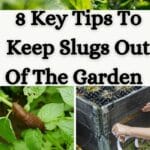
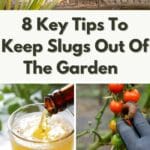

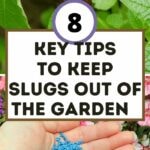
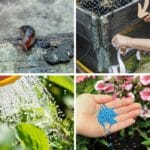
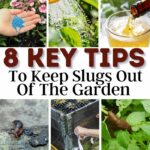
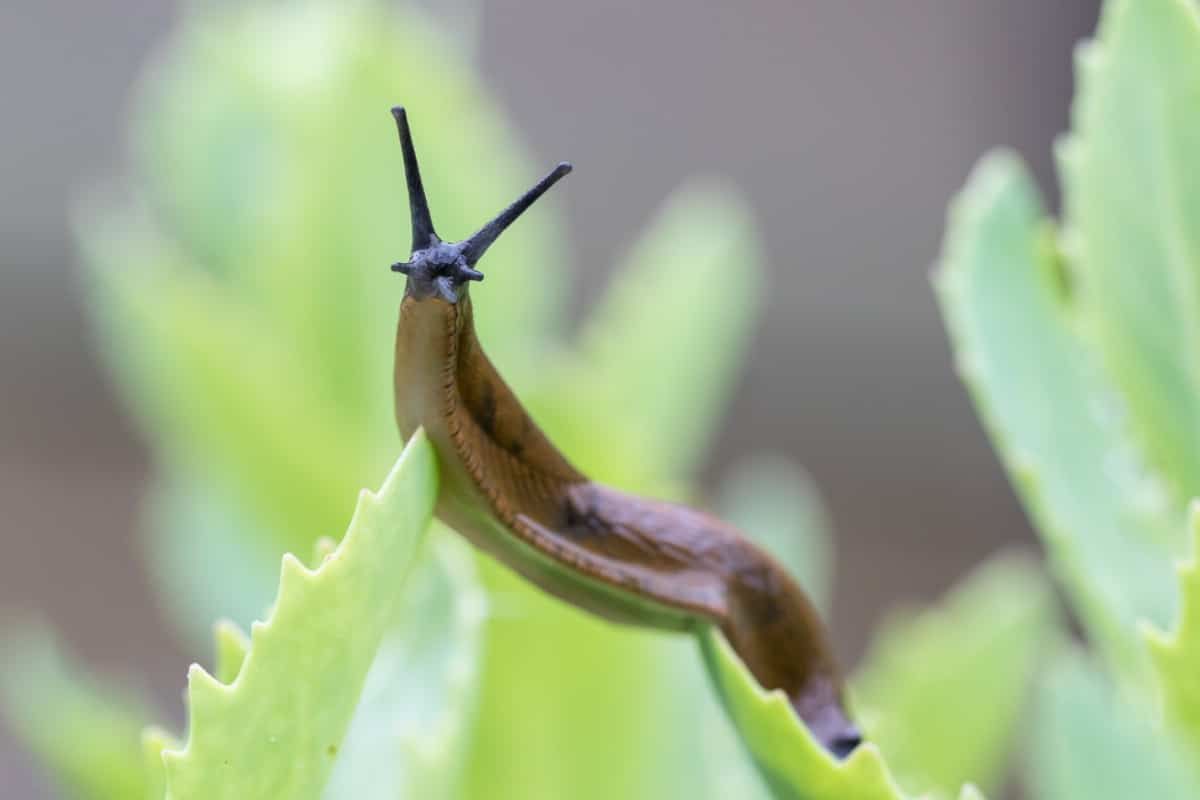
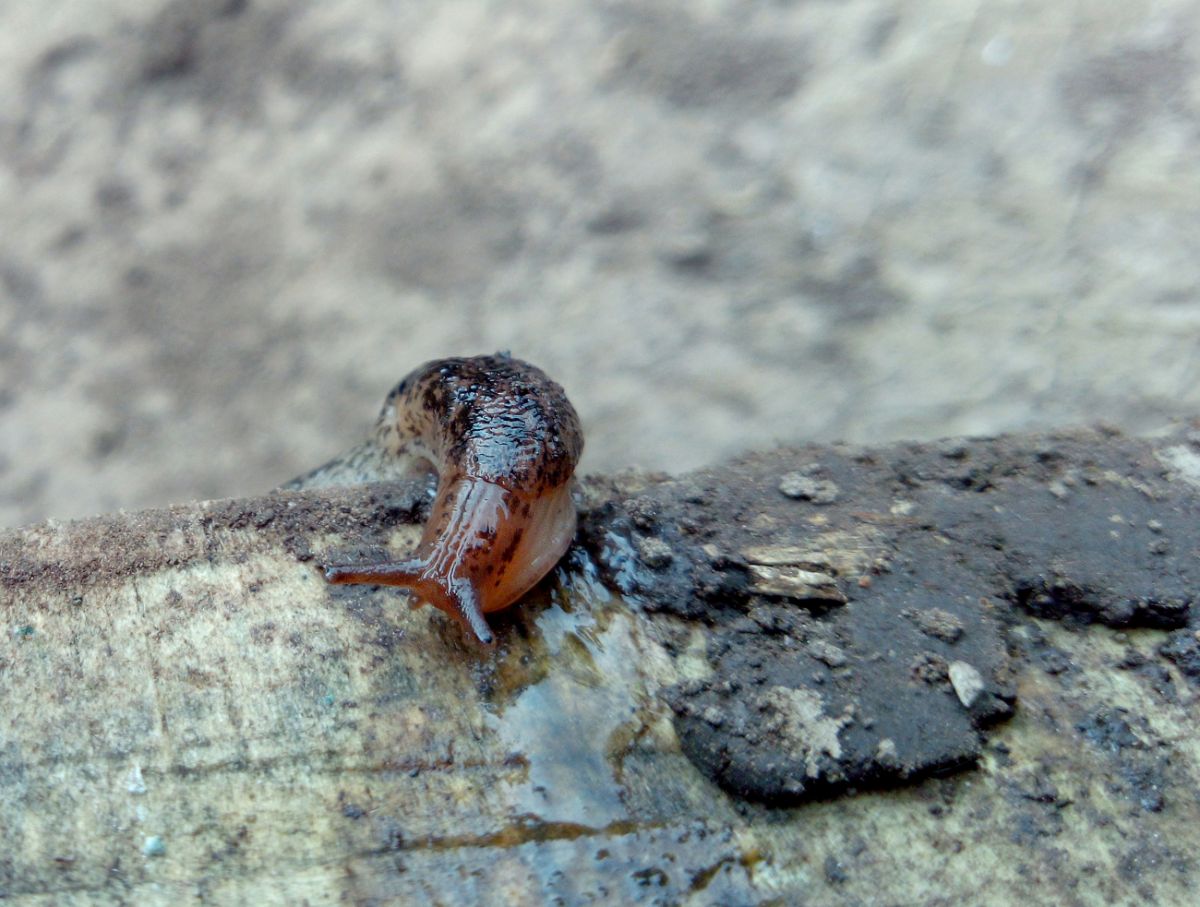
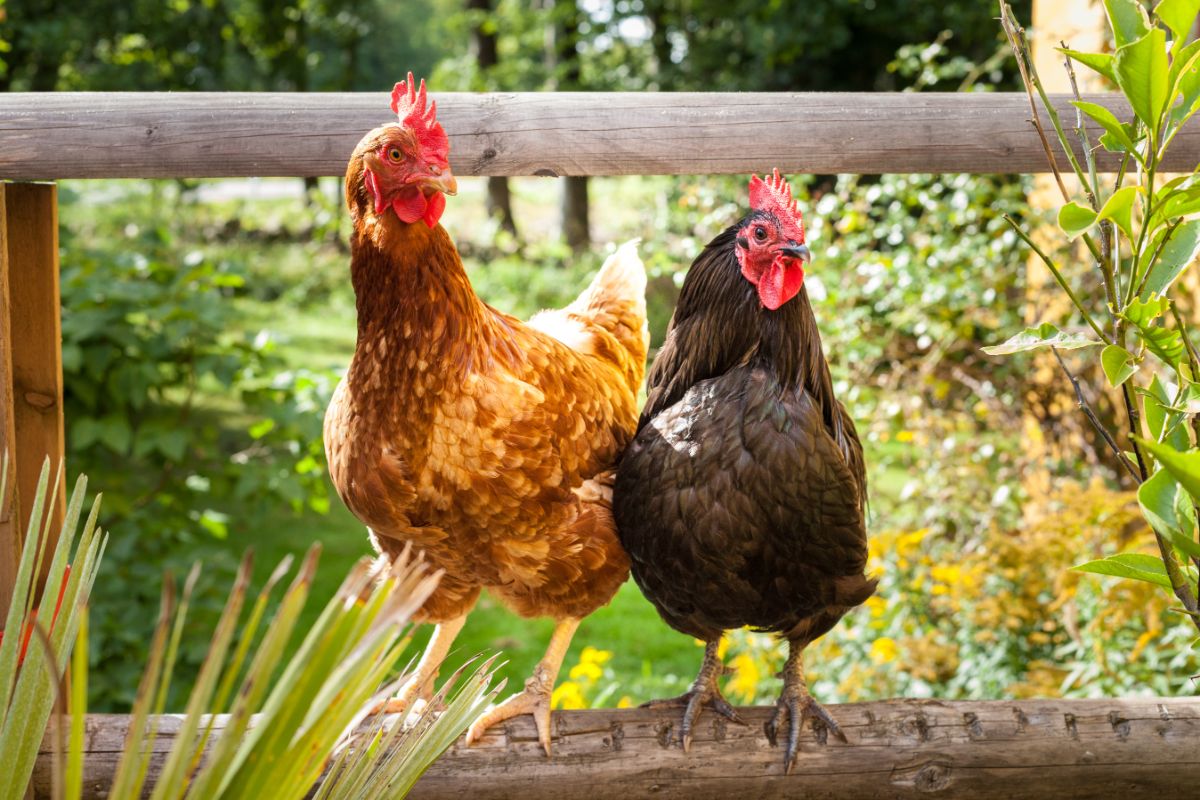
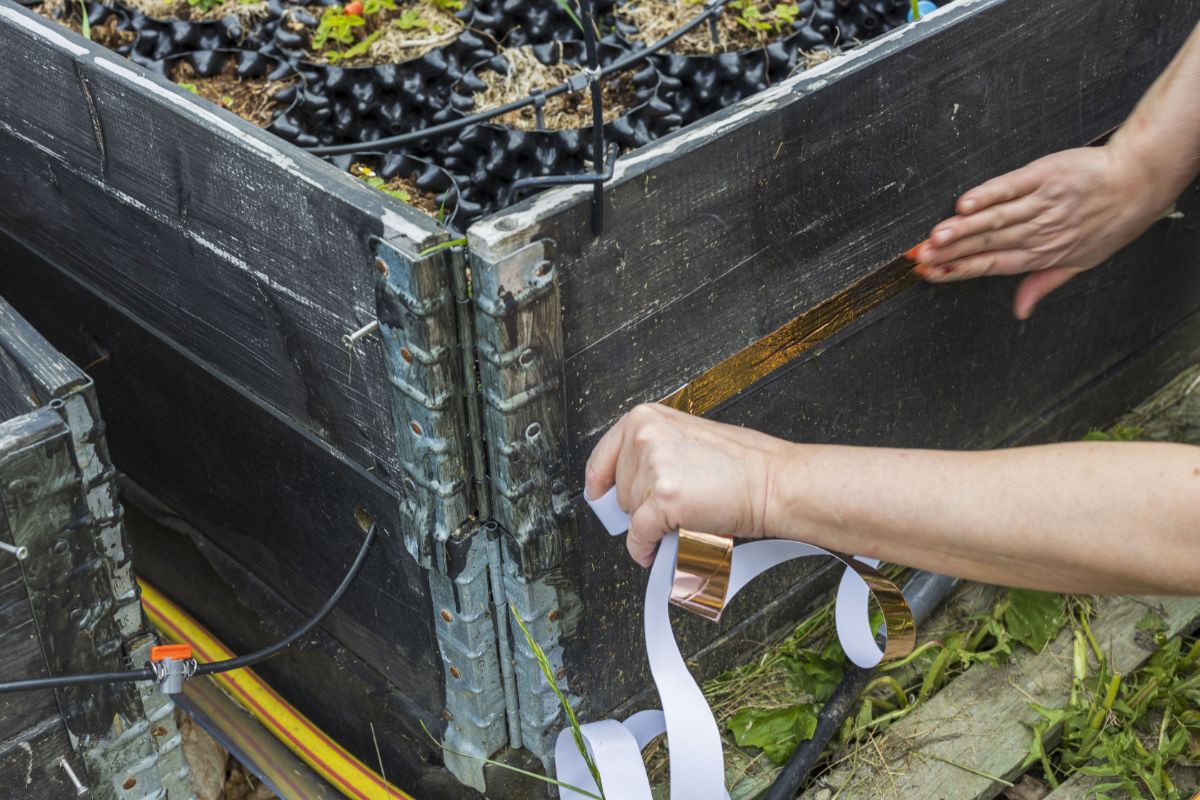
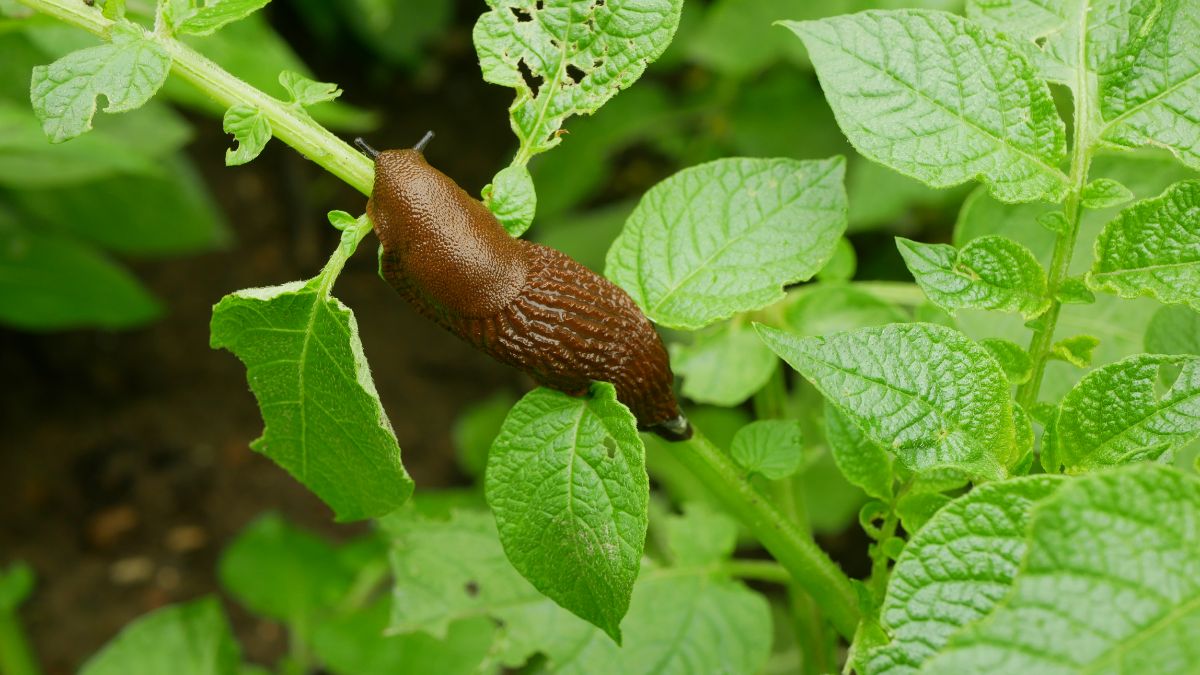
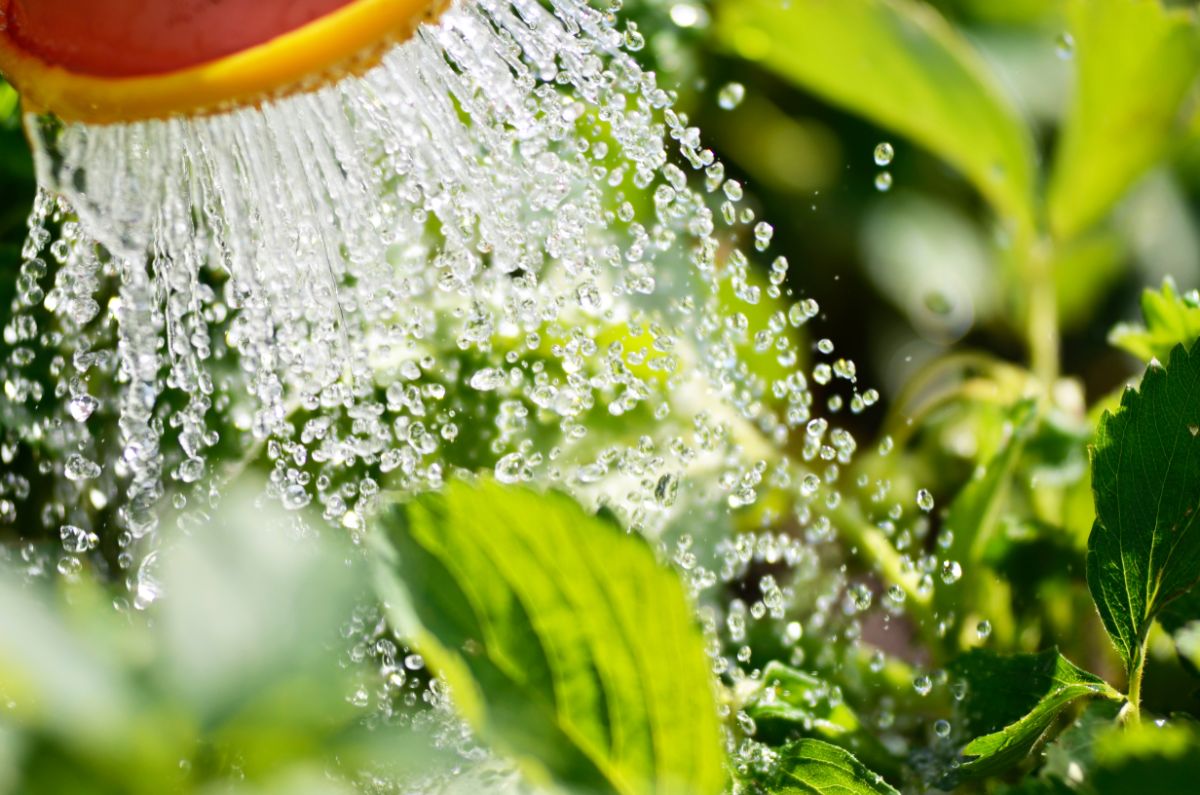
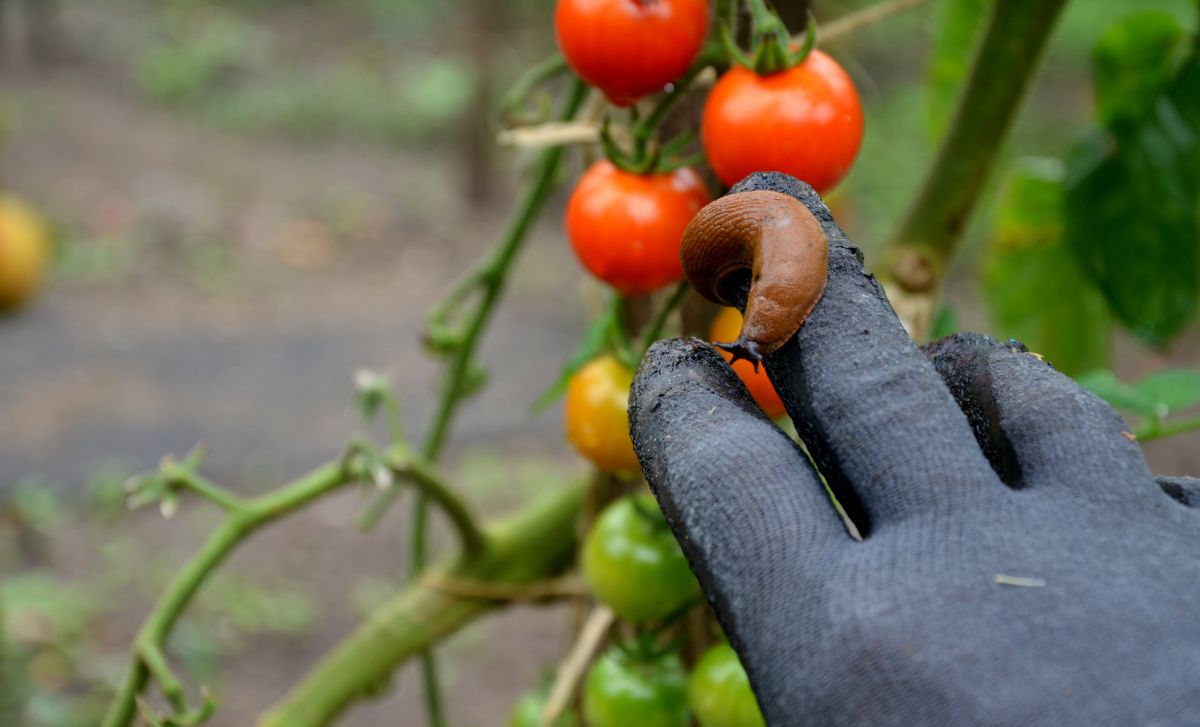
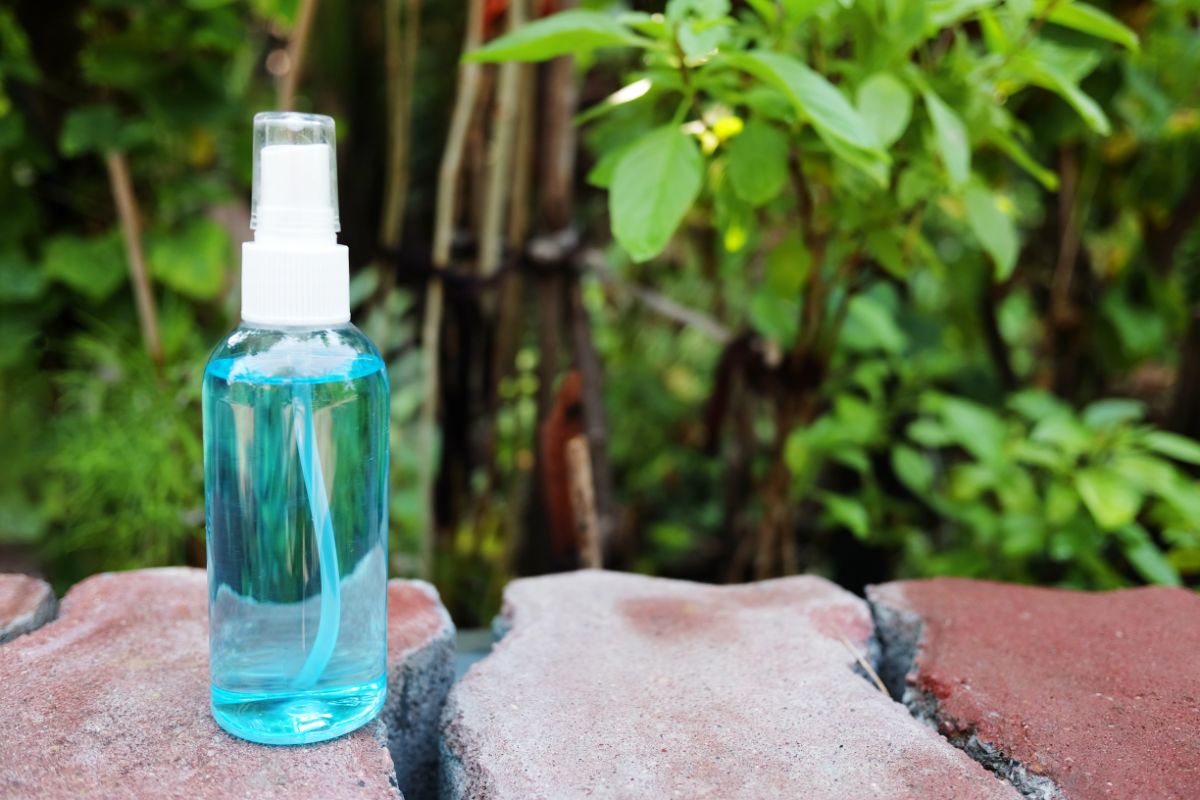
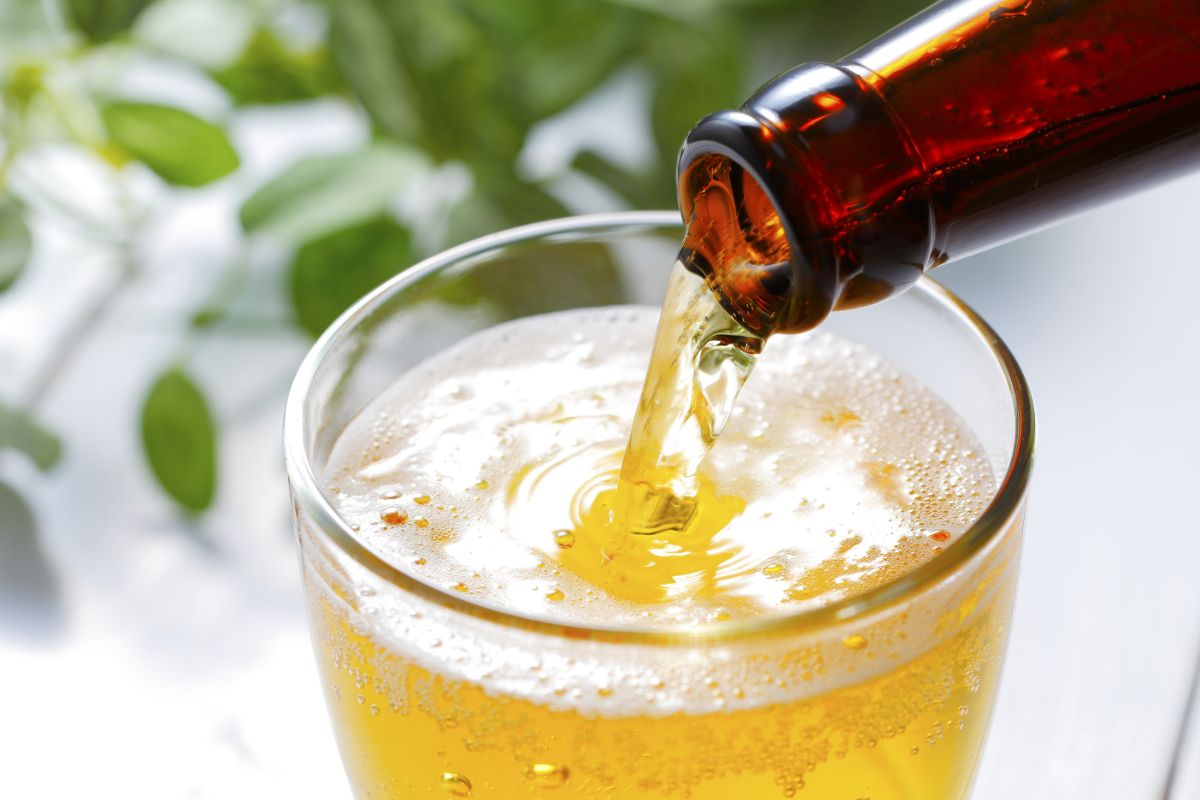
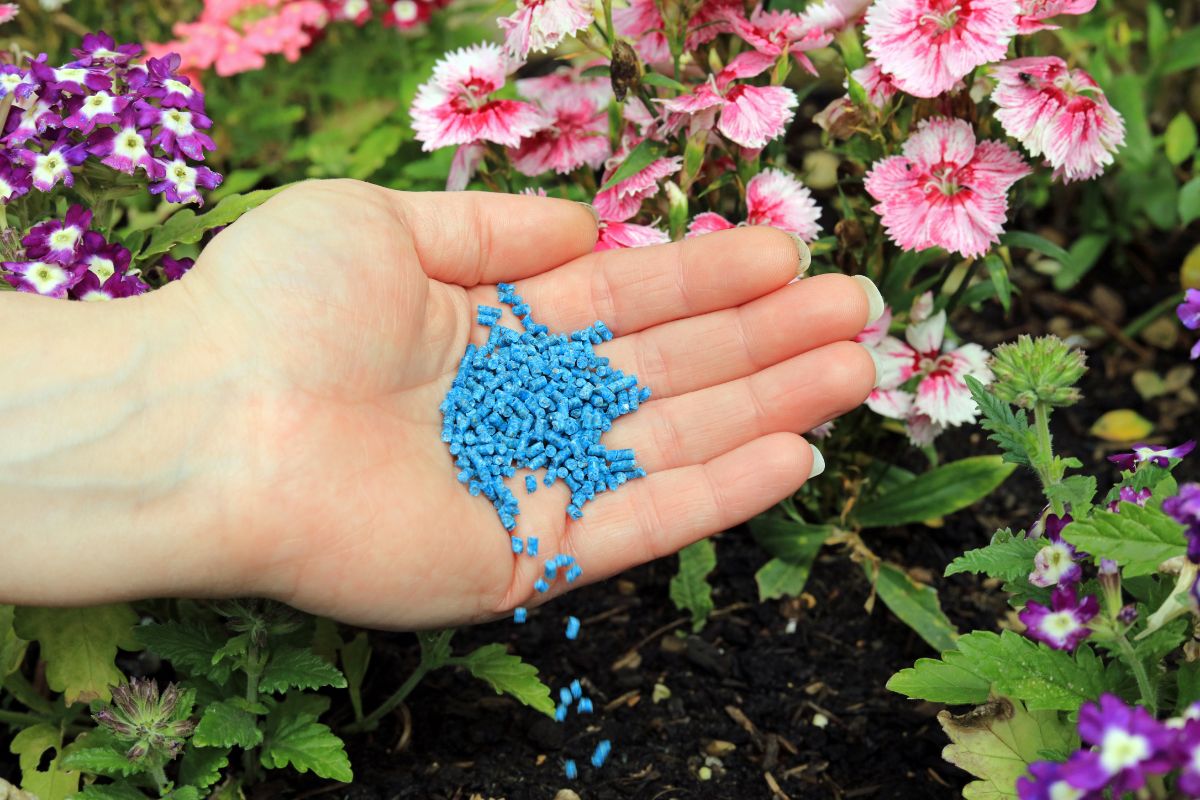

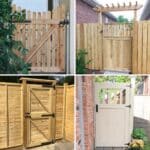


Anonymous
I just use salt,it’s cheap and efficient.just sprinkle a few grains over the slugs and they disintergrate.
Anonymous
I go hunting at night with scissors.
Vanessa Beaty
Hah or you can get a duck I heard they are really effective.